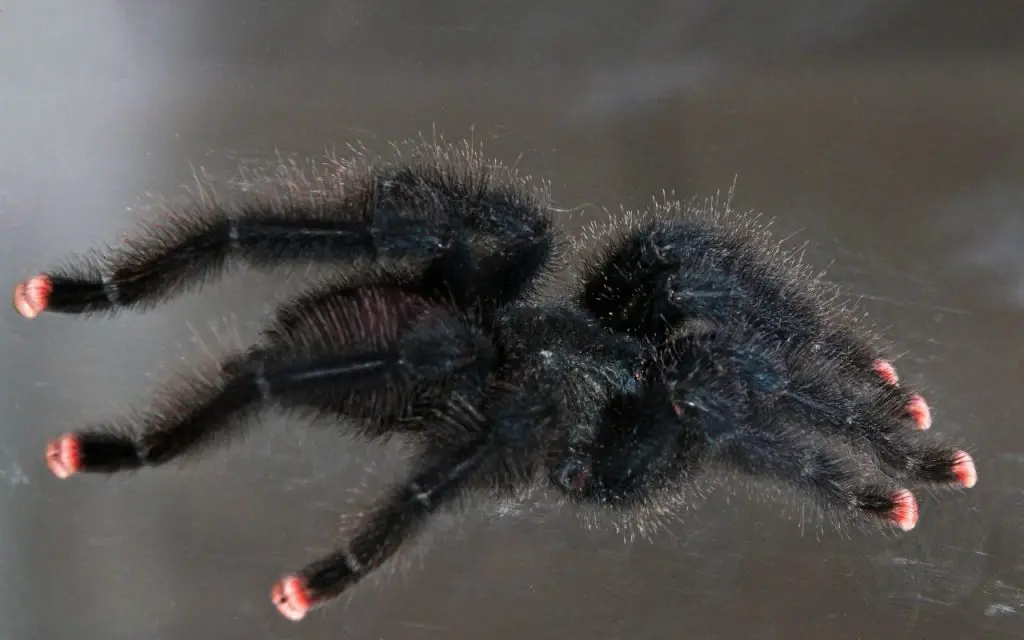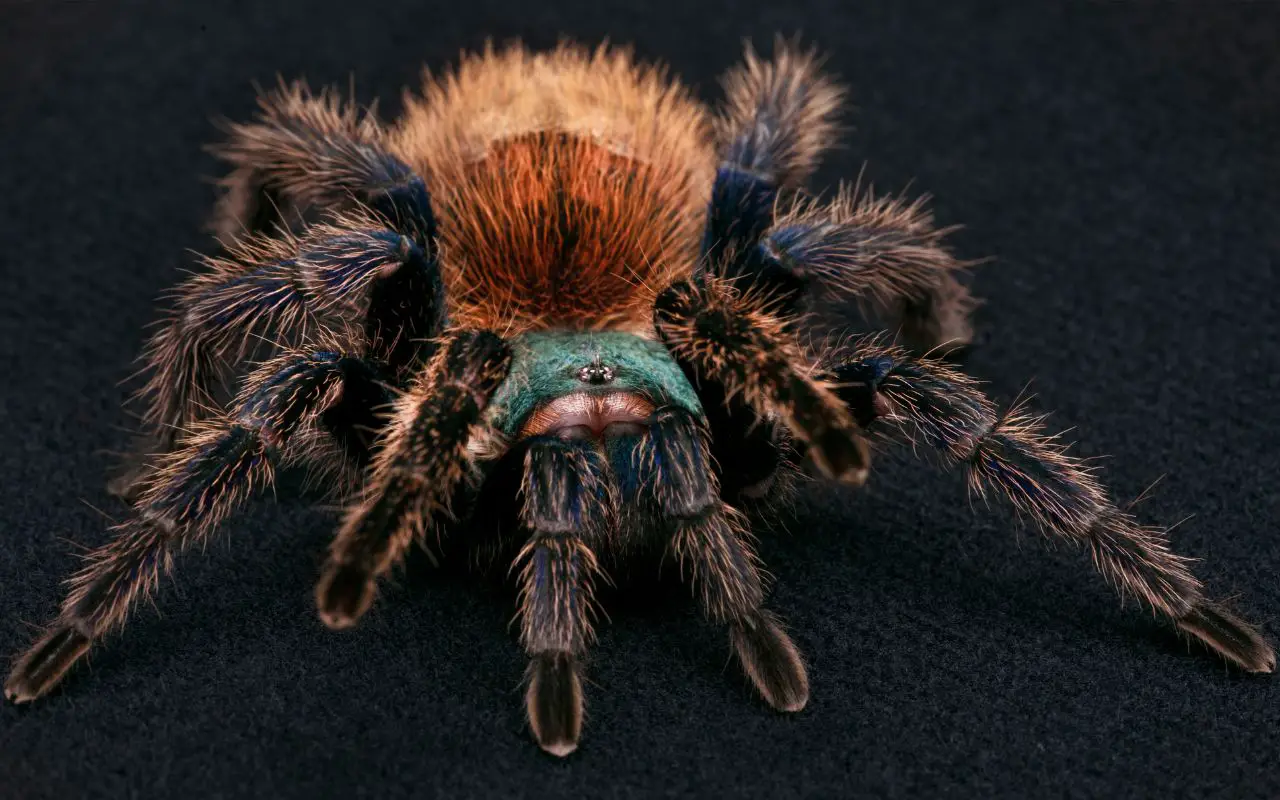Last updated on February 8th, 2023 at 01:25 pm
How long do tarantulas live? In the wild, their lifespan can be cut short by predators, but in captivity they can live a very long time…
If you’re curious about how long tarantulas live, you’ve come to the right place. Here’s information about males and females, as well as why they live longer in captivity. You’ll also learn about what factors determine the lifespan of a tarantula, including its habitat, feeding habits, and general health. As you’re about to find out, many species of tarantula live to 20 or even longer.
How long do male tarantulas live?
It is common knowledge that male tarantulas live shorter lives than their female counterparts. They can live from three to eight years up to their ultimate molt.
Once they reach sexual maturity, male tarantulas usually live for a year or two. This can be accelerated or slowed down by temperature and food abundance.
Keeping your tarantula in an environment with higher temperatures will reduce its lifespan. Females can live up to three decades. But male tarantulas tend to be shorter-lived and less robust than their female counterparts.
Male tarantulas also change their lifestyle to hunt for females. They may not molt once fully grown, and take to wandering endlessly in search of females. Their behavior makes them more visible to predators.
This is one reason why they are endangered in some parts of the United States. It is not uncommon to see them traveling in masses, crossing roads at night, or residing in shady areas next to vegetation.
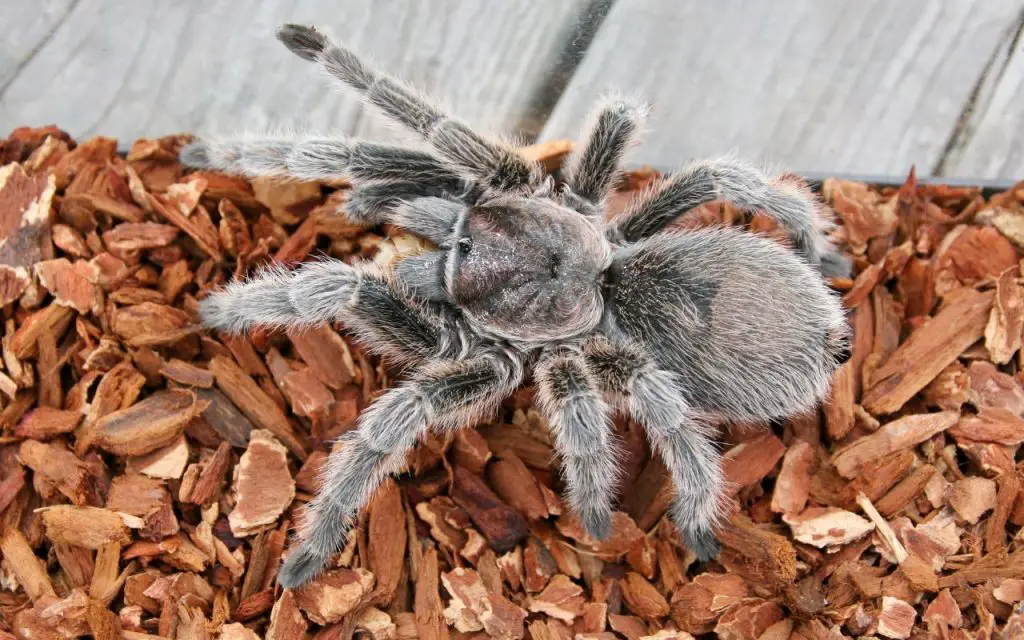
How long do female tarantulas live?
If you’ve been thinking about getting a pet spider, you’re probably wondering: How long do female tarantula lives? These amazing creatures live longer than a dog or cat – by a large margin.
Though males rarely live beyond two years, females regularly reach ages of thirty years or more. Although tarantulas are not deadly, their bites can cause serious pain. They can also leave behind barbed hairs that can irritate skin.
There are no exact guidelines for the life span of a tarantula. It is impossible to measure its age without studying its entire life. However, popular Brachypelma species have different lifespans.
The Brachypelma hamorii, from the same genus, lives up to 30 years while its cousin, the Brachypelma albopilosum, can live only 15 years.
Tarantulas are warm weather creatures and prefer warm temperatures. If exposed to cold temperatures, they will slow their metabolism and seek warmth in a nearby structure. Cold temperatures can cause them to die prematurely.
If you’re considering a tarantula for a pet, it’s best to make sure that it lives in an area where temperatures are consistently warm and dry.
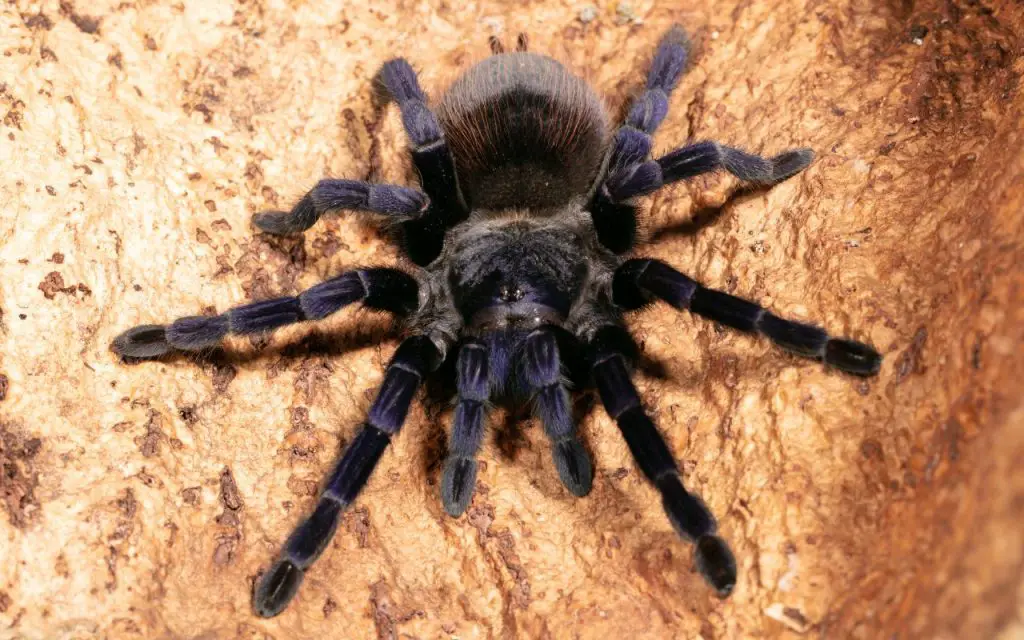
Why do female tarantulas live longer?
The length of the tarantula’s life depends on the sex of the arachnid. Female tarantulas can live up to 30 years, while male tarantulas usually do not live that long. In fact, male tarantulas have shorter lifespans than females, and they are also vulnerable to predators. This is a big factor in the difference between the two sexes’ lifespans, since males do not have the spermathecae and are only valuable to breeders.
In the wild, male tarantulas live for one to two years after reaching sexual maturity, and then die. Female tarantulas reach sexual maturity after about two years of age, although it can happen earlier or later. However, tarantulas can artificially extend their time to reach sexual maturity. In this way, they can live for up to 30 years, whereas male tarantulas can only live for about three years.
Although tarantulas are not able to be identified by age, scientists have found that female tarantulas live longer than males. They have been observed to live up to two years on water alone. In captivity, tarantulas live longer than their wild counterparts, despite the negative impact of the pet trade on the wild population. If you’re considering buying a tarantula as a pet, you should read about general tarantula husbandry and how to keep them happy.
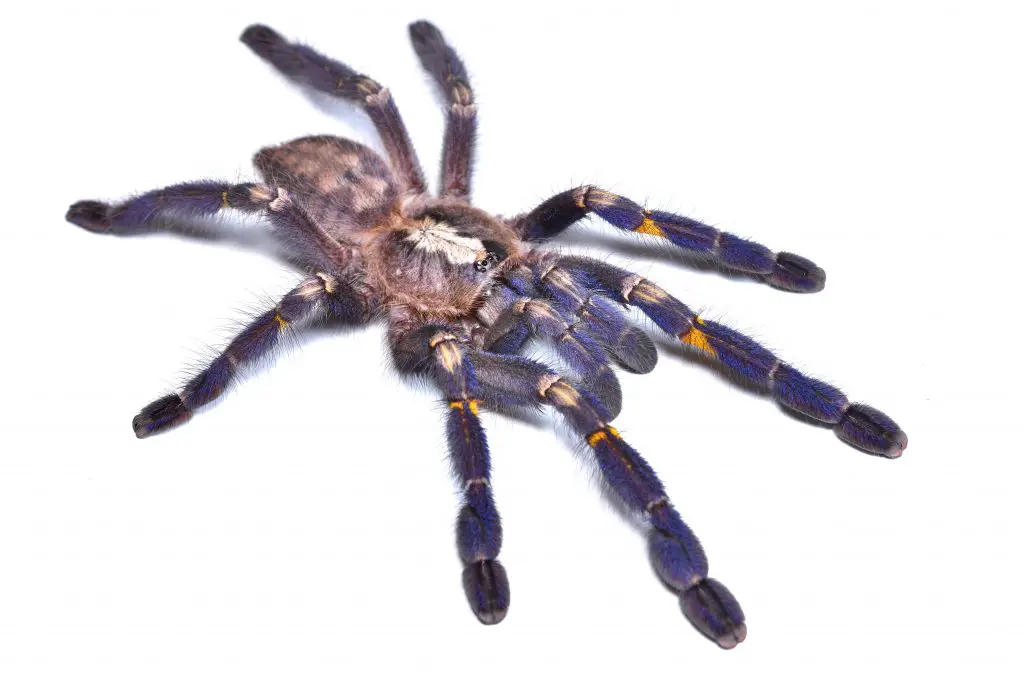
How long do pet tarantulas live?
When it comes to lifespan, tarantulas are considered to be one of the longest-living species of arthropods. While their male counterparts can live for a year or two after sexual maturity, females can live from 20 to 30 years.
The exact length of lifespan depends on the species and its health conditions. If you are considering a tarantula as a pet, here are some tips to make your experience with it more enjoyable.
Their basic care requirements are similar across species, and they require a 2.5 to 5 gallon tank filled with substrate. Bark, moss, and other plants can make excellent habitat for these spiders. A typical tarantula requires about 3 to six crickets per week.
Tarantulas do not require much exercise. You should provide them with plenty of space to climb and move. During molting, they shed old exoskeletons and shed their skin. If you plan to keep a tarantula as a pet, you should take note of the appropriate humidity levels for its species.
Following simple guidelines, like those in the care sheets on this site, will ensure your pet a long lifespan – if it is a female that is!
The main reasons why wild tarantulas don’t live as long in the wild are the following:
- predation
- parasites
- parasitoids (like the famous Tarantula Hawk Moth)
- habitat destruction/human activity
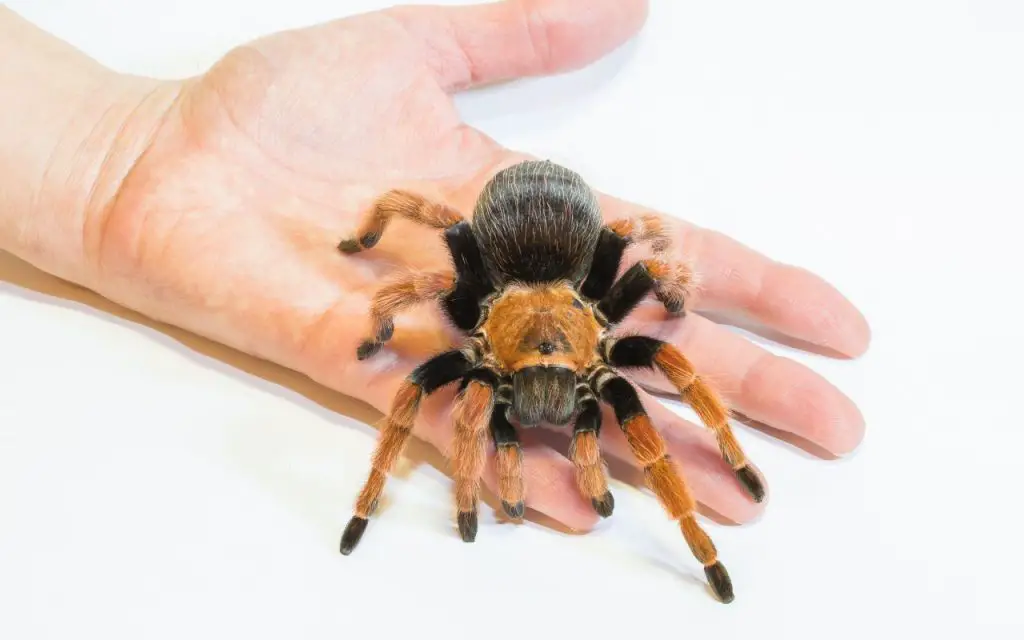
How long do tarantulas live without food?
You may have heard that tarantulas can live without food for days or weeks. This is true for many tarantula species, but not all of them. The length of time a tarantula can survive without food or water depends on the species, size, sex, and age of the animal.
If previously well-fed, a tarantula can go months or even years without food. The same can’t be said for water, however. Dehydration sets in after just a few days if a tarantula gets too dry, and can kill it within a week. In fact, dehydration is every spider’s main weakness!
In general, tarantulas are slow-moving animals, and this means that they do not have a fast metabolism. Because of this, some tarantula species can go months or even years without food. However, this does not mean that they are in bad health.
Instead, if they stop eating, they are just showing strange behaviors. Often it’s purely because they’re getting ready to molt or picking up on a change in season.
There are documented cases of tarantulas going up to two years without eating. This is not surprising, as they are sedentary ambush predators that require little energy to hunt.
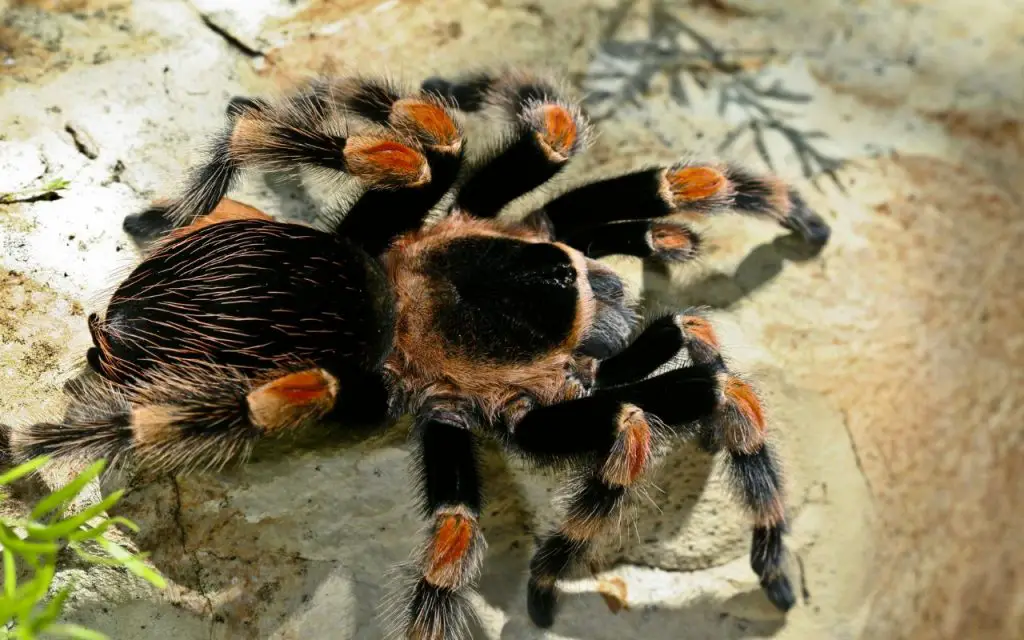
How long do Rose Hair tarantulas live?
The Rose Hair Tarantula is a very popular pet that lives in captivity for a good amount of time. Their leg spans are four to five inches and they are slow growing.
A male can reach sexual maturity at two to three years of age. Females are much larger than males and are often 20 to 30 years old when they die. They are nocturnal and solitary in nature, but are quite stable in captivity.
To care for a rose hair tarantula, ensure the environment is comfortable and free of inorganic contaminants. A suitable substrate includes peat moss, orchid bark, cocoa coir, soil, and stone.
It is best to avoid using artificial heating equipment so long as the enclosure is around room temperature. Rose Hair tarantulas prefer a temperature of 80 degrees Fahrenheit, but 70 degrees Fahrenheit or slightly lower are OK. The tarantula can tolerate some temperature fluctuations, but you should really aim for 70 to 85 degrees Fahrenheit.
Chilean rose hair tarantulas are medium-sized tarantulas that live in tanks between five and ten gallons. Aside from the temperature, make sure the enclosure is secure and has proper ventilation. You should also provide hiding areas for the spider.

Longest living tarantula
There are many tarantula species, and the longest living is the Mexican Redleg tarantula, which is known to live up to thirty-five years. Another long-lived species is the Goliath birdeater, a species of Theraphosidae found in northern South America.
Although it is rare, the Goliath birdeater is considered the world’s largest or second-largest spider in both mass and leg span.
A female trapdoor tarantula in the Central Wheatbelt region of Western Australia set the overall record for long life in spiders, as it lived more than 15 years longer than the previous record-holder: 43 years.
Though trapdoor spiders aren’t tarantulas, they are closely related, also being in the Mygalomorphae infraorder.
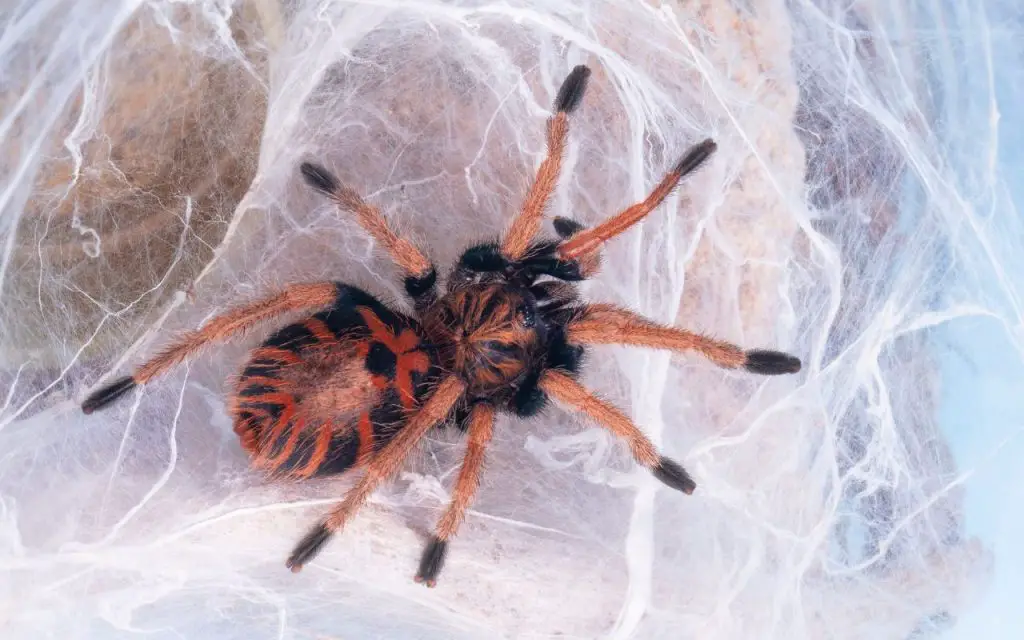
Where do tarantulas live?
Tarantulas are widespread and inhabit all continents except Antarctica. Some species live at high elevations in the Andes, while others are found deep in caves in rainforests and harsh deserts. They are an important part of ecosystems worldwide, acting as top arthropod predators in warm climates.
These spiders grow up to the size of a dinner plate and are more robust than other Araneae species. They are found throughout the world, and their ranges range from the Australian Desert to Asia. Their fangs are angled downward, unlike those of other spiders, which are pincer-like.

